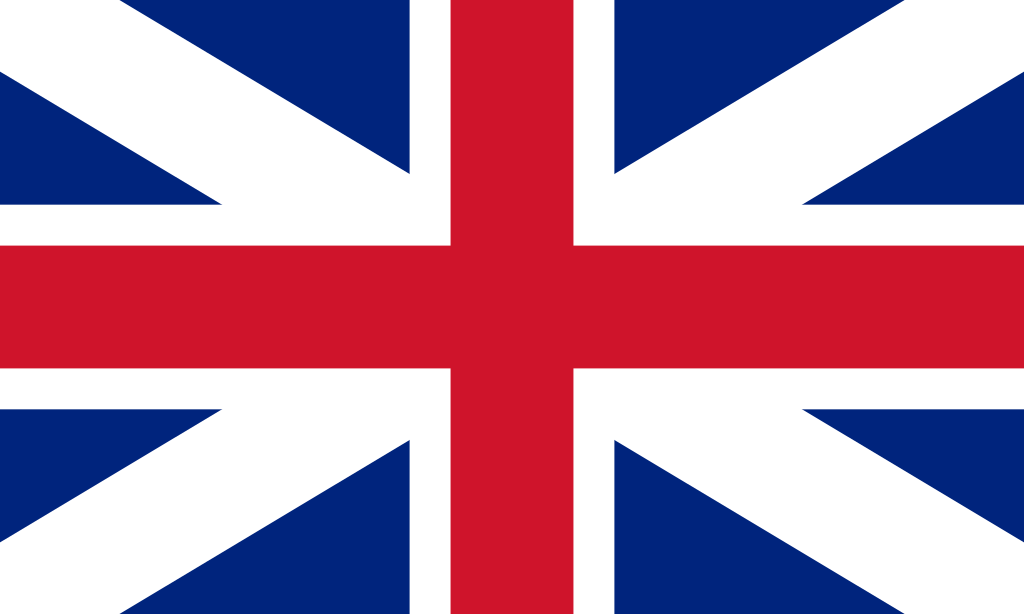AOP Limoux Blanquette de Limoux
the original bubbles!
Possibly the oldest sparkling wine in the world
and definitely the most famous of the Limoux appellations, Blanquette’s origins lie in a unique terroir, at the point where several different weather patterns converge.

Limoux Blanquette de Limoux at a glance
Situated not far from Carcassonne, in the far western part of Languedoc, Limoux is like no other wine region. Firstly because its absolutely superb countryside is located at the confluence between three different climates – Mediterranean, Atlantic and even Pyrenean – which is significant, particularly for its varietal range. And then, because no-one would even dream of disputing its title of regional capital of sparkling wines.
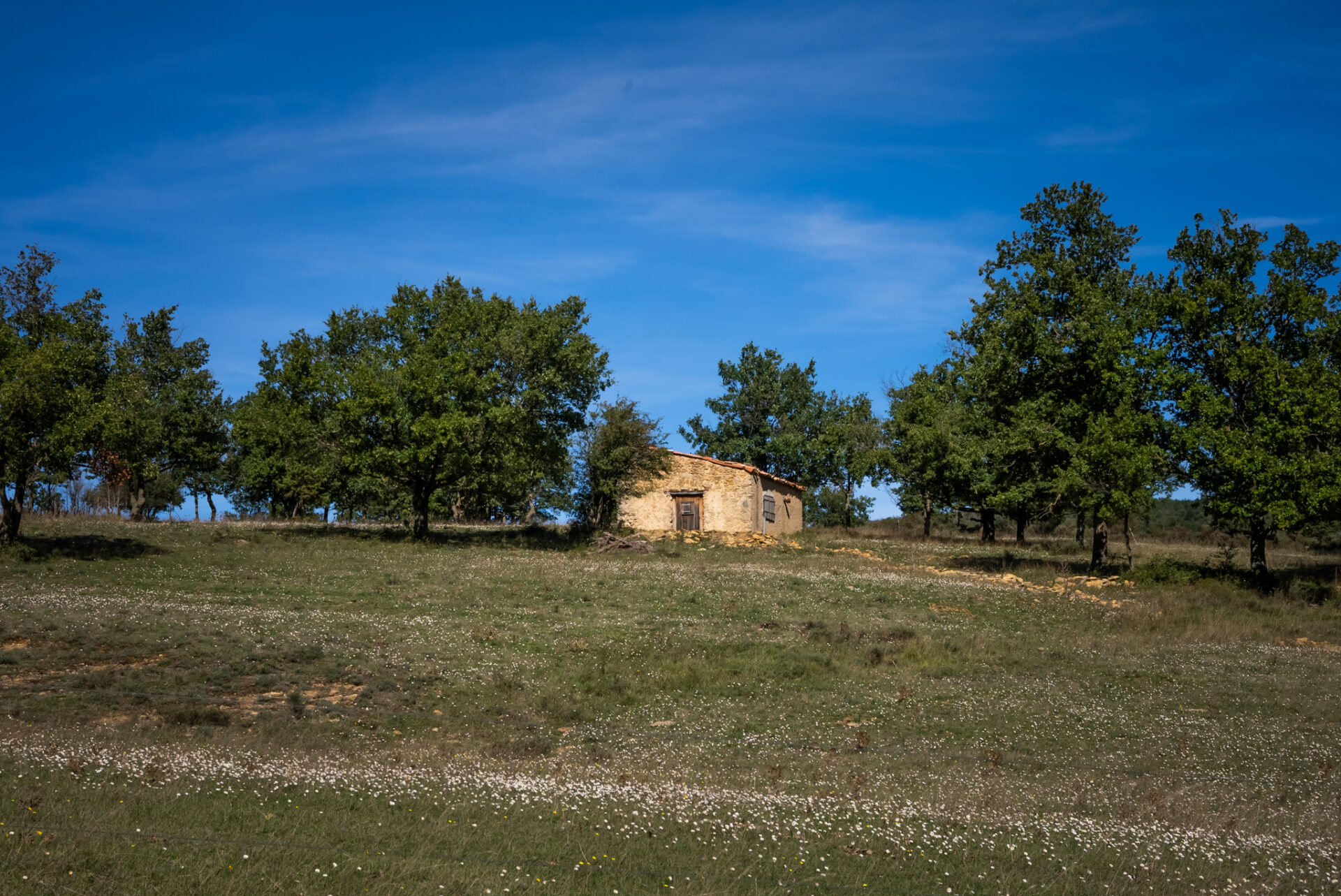
Foundation
1938
territory
41
villages
production
444 HA
producers
18 independent wineries,
1 co-operative,
7wine merchants.
colours
white
100%

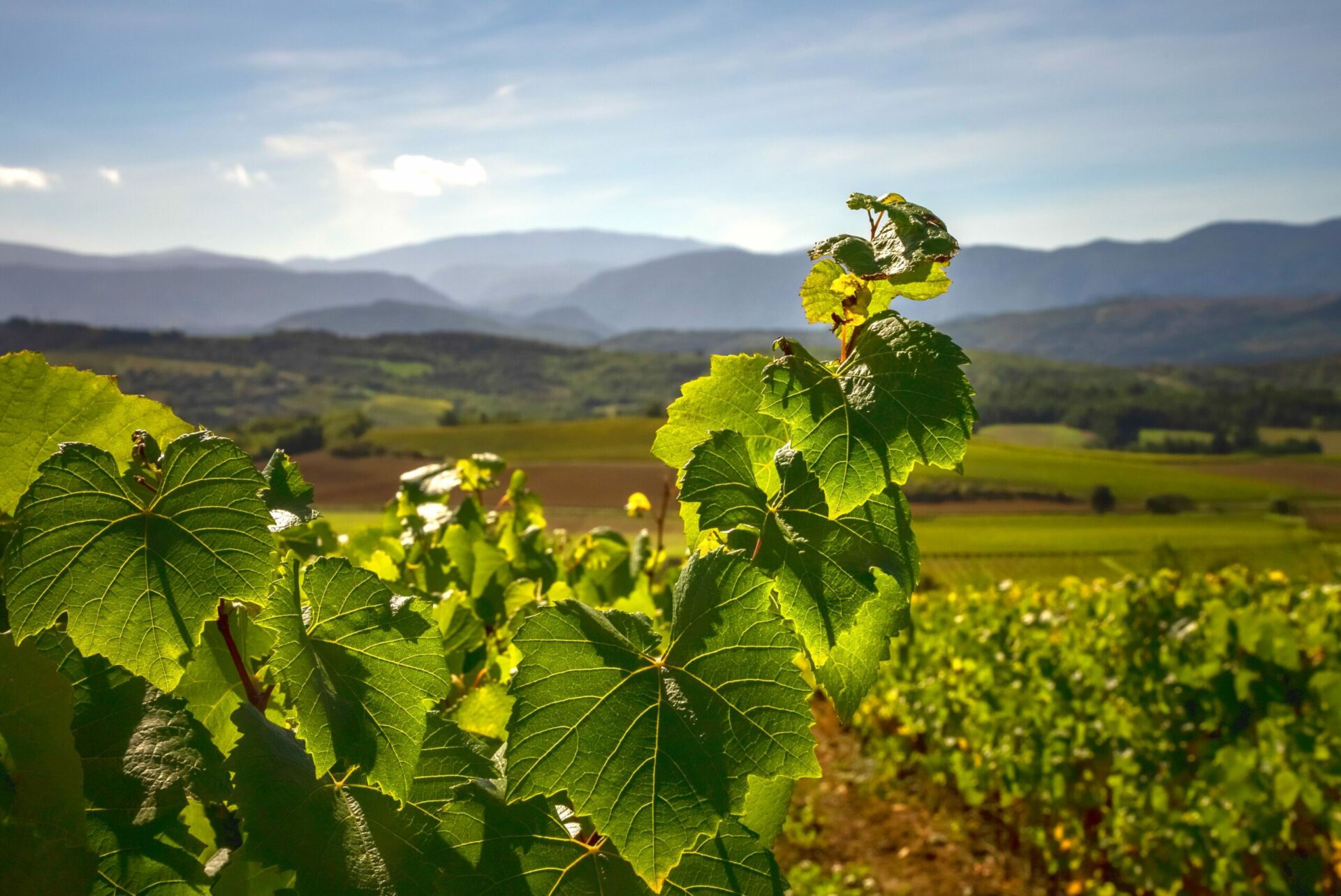
Main grape varieties
authorized for the whites
mauzac
chardonnay
chenin
for more information:
www.limoux-aoc.comTerroir


Unlike Limoux Méthode Ancestrale, but in a similar fashion to Crémant de Limoux, Blanquette is made using the traditional method – referred to as ‘Champagne method’ around Reims and Epernay. To be more specific, after the first ‘classic’ alcoholic fermentation, its bubbles stem from a secondary fermentation in the bottle produced by adding dosage. Like all wines, however, Blanquette is made firstly in the vineyard. Over a range of soils – molasse, limestone colluvium and red clay – Blanquette wine producers grow Mauzac, Chenin and Chardonnay grapes.
Regulations stipulate that at least 90% of the blend must be Mauzac, complemented by Chardonnay and/or Chenin. They also specify that Blanquette de Limoux, with its pale yellow hue, subtle, vibrant nose and fine bubbles, can come in a number of iterations. Served ideally at around 6-7°C, so not ice-cold, the dry versions lend themselves to an extensive choice of savoury dishes and cheeses, whereas the ‘off-dry’ labels work marvellously with a multitude of fruit and even chocolate-based desserts.
History

it is rumoured that Blanquette was the world’s first sparkling wine, as per ancient written evidence referring to it as early as 1544. Whatever the truth, it was indisputably one of the earliest appellations in the world of wine, dating back to 1938, just a few years after the dedicated institute INAO was founded.

